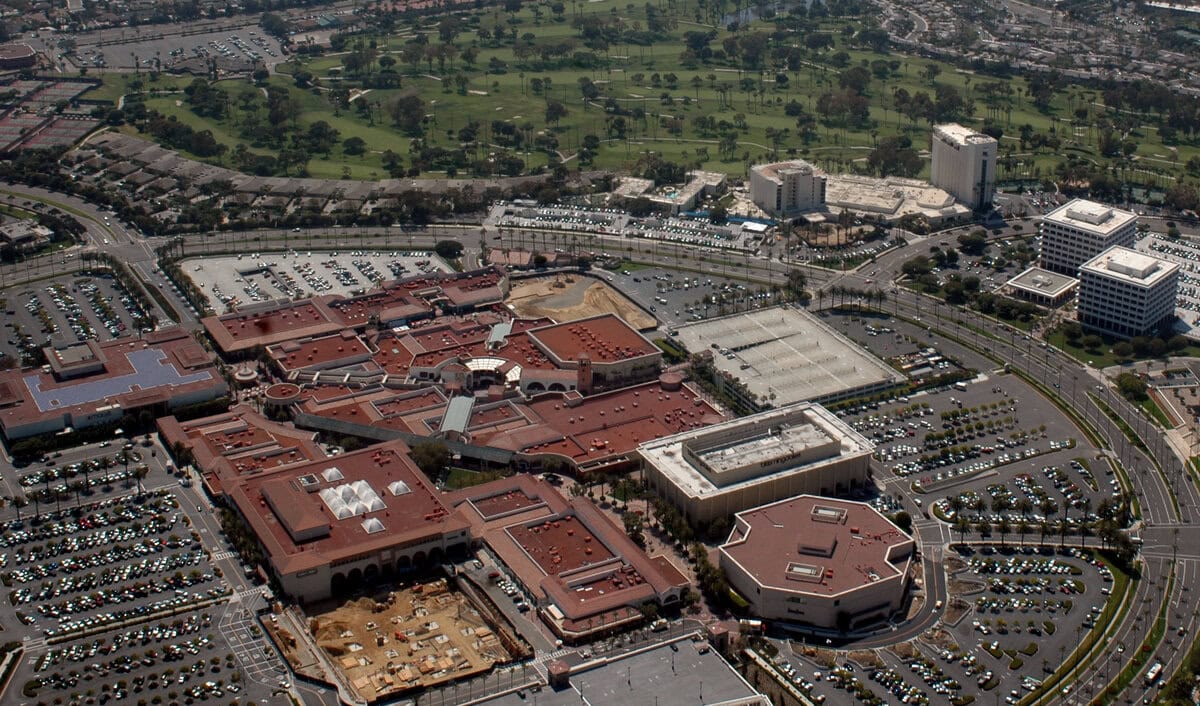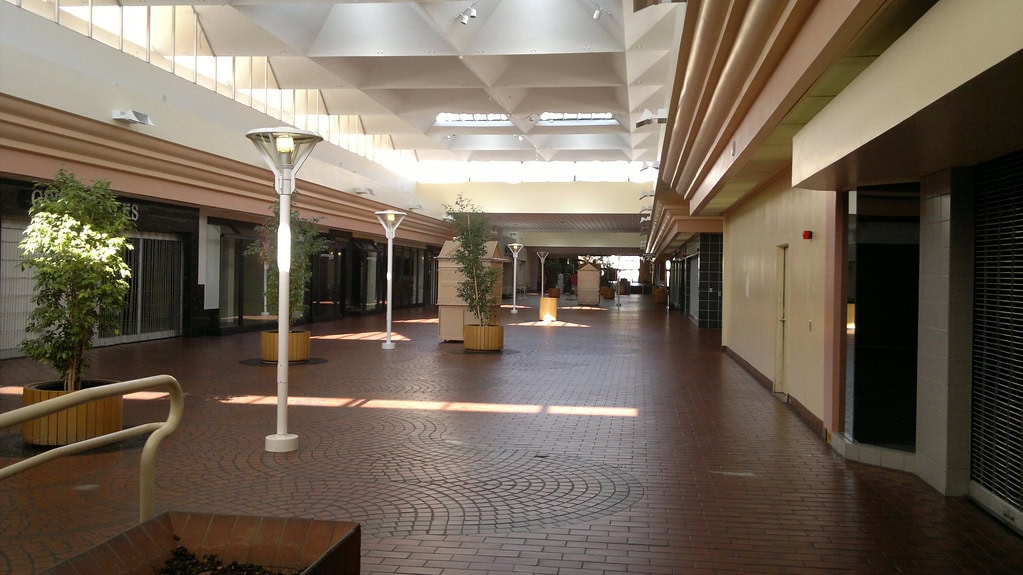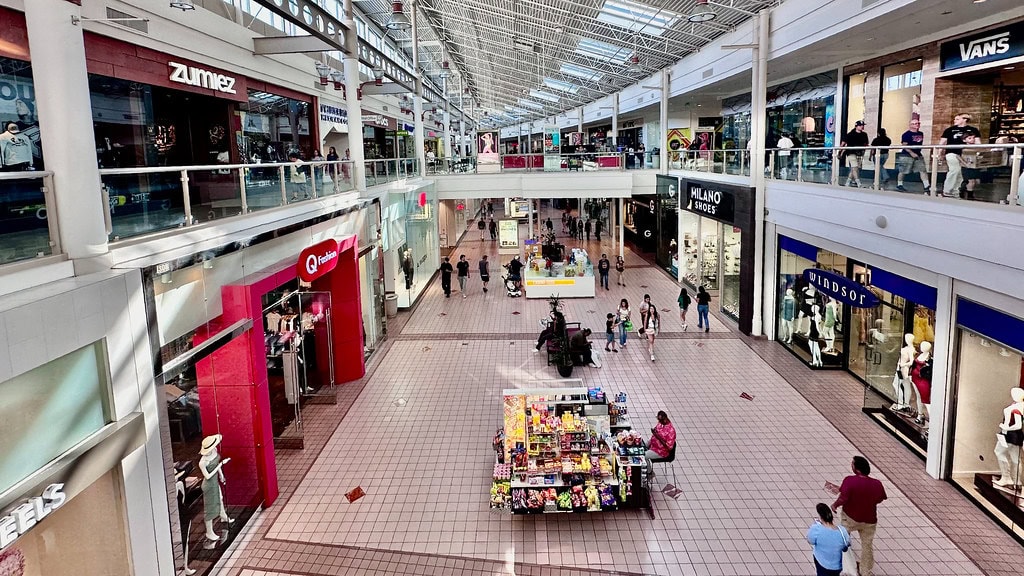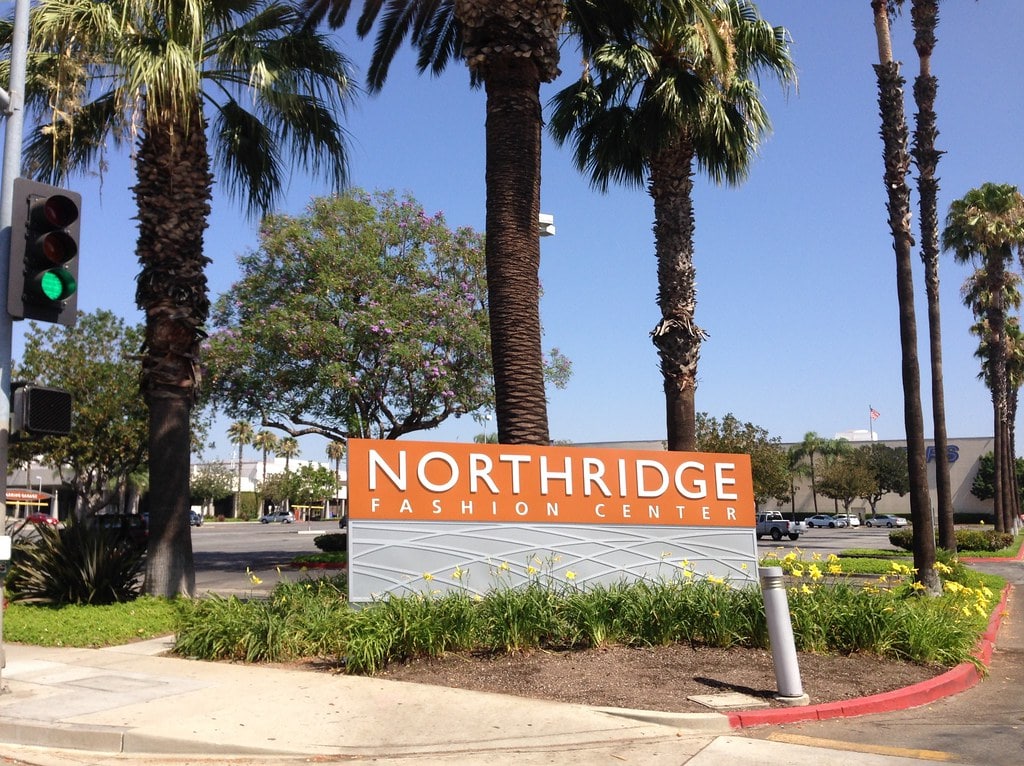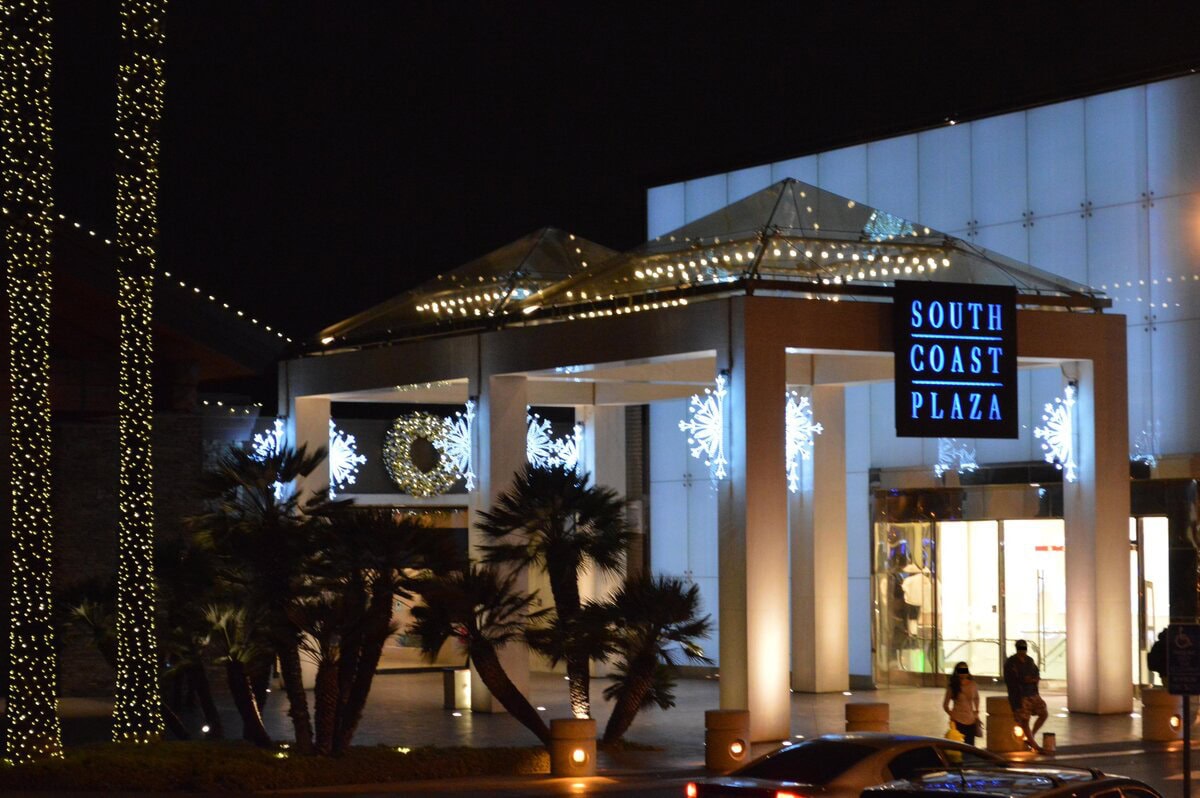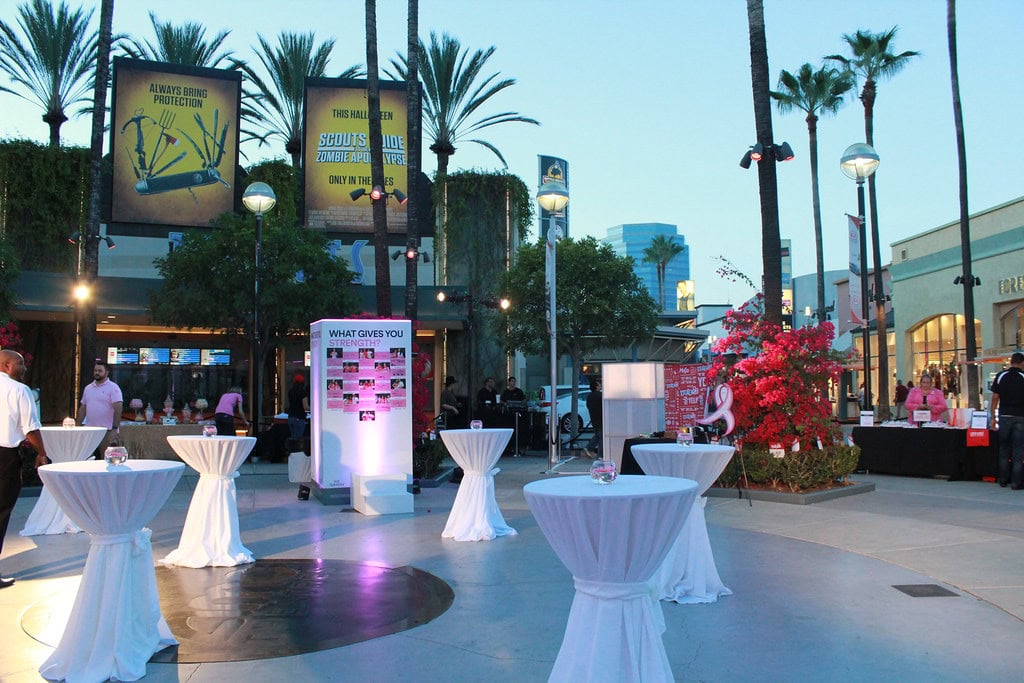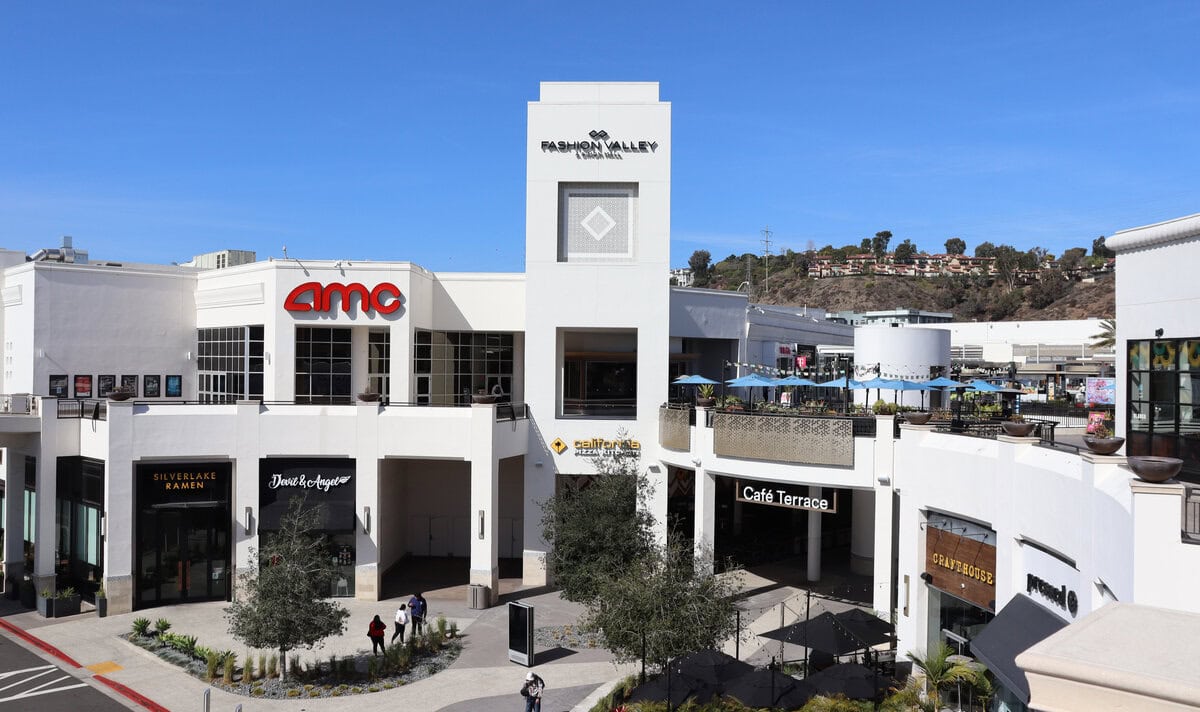The Mall That Opened Big and Quietly Faded in Woodland Hills
The Promenade Mall in Woodland Hills, California, never got the attention its neighbors did.
It opened with designer names and high expectations in 1973, a few blocks from where Westfield Topanga would later sprawl out and dominate.
The retail square footage and anchor stores were ambitious. But in the decades that followed, tenants left, branding changed, ownership shuffled, and local sentiment cooled.
For anyone looking past surface gloss, it is one of the clearest case studies of how fast retail ambition can decay.
Origins and Early Years (1973-1989)
The Promenade began as part of a broader real estate plan from Kaiser Aetna.
The company had a stake in the former Warner Ranch land, which was being transformed into a master-planned district known as Warner Center.
On paper, the vision was balanced: residential, commercial, and retail, all interlaced across one part of Woodland Hills.
Development contracts went to Ernest W. Hahn Inc., while Coldwell Banker managed the property.
The original name was Woodland Hills Promenade.
March 1973 marked the start of operations, with J. W. Robinson's opening its doors first.
By August of the same year, Saks Fifth Avenue and Bullocks Wilshire followed.
The timing wasn't random.
Kaiser Aetna had sold its interest just before the first store opened, transferring the property to Continental Illinois Properties for around $15 million.
That allowed the retail wing to be bundled into a growing investment portfolio.
The early layout and tenant strategy were straightforward: focus on luxury and fashion-forward labels.
The bet was that higher-income shoppers from the west San Fernando Valley would bypass Topanga Plaza and anchor themselves at the Promenade.
For several years, that model worked. The buildings were sleek. The department stores had space.
And the balance of retail and parking was still being figured out in many parts of Los Angeles.
By 1989, ownership had shifted again. The O'Connor Group bought the center from Pan American Properties.
It wasn't yet in trouble, but momentum had slowed.
Newer malls nearby had started to gain traction, and customer habits were drifting.
By the end of the decade, competition had reshaped the local retail map.
Back then, the Promenade was part of the local draw - one of several stops people made when deciding what to do in Woodland Hills, CA.
The name stood for a certain kind of shopping. The kind that didn't rely on foot traffic from every corner of the Valley.
That model wouldn't hold for long.
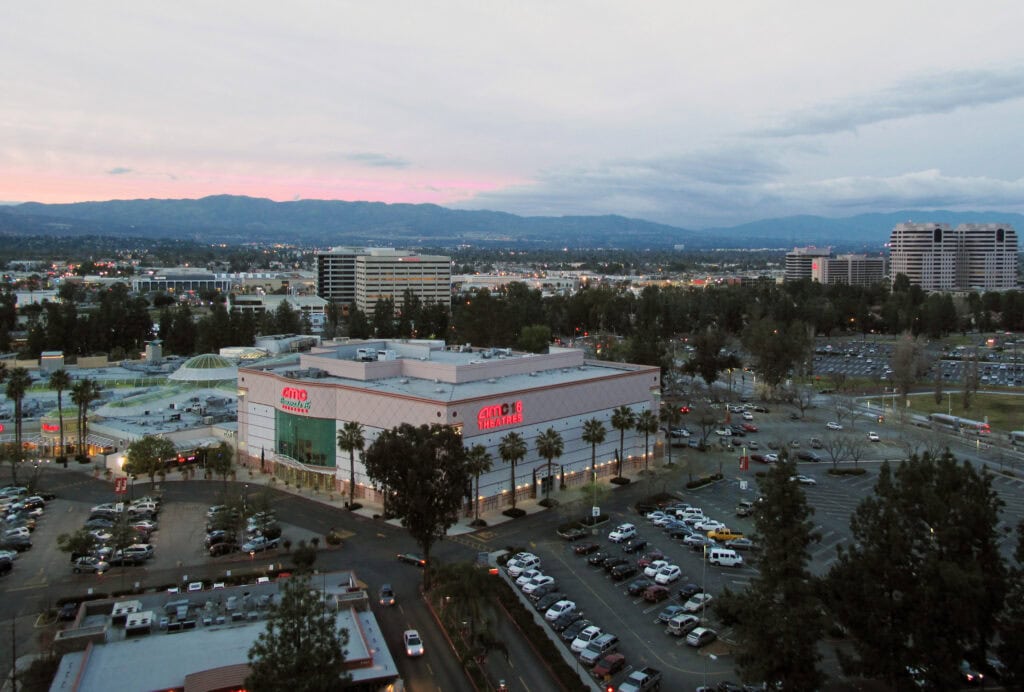
Rebranding, Renovation, and Ownership Rotation (1990-2005)
The 1990s started with a string of rebrandings. In 1990, Bullocks Wilshire became I. Magnin.
That didn't last. Five years later, the space flipped again, now branded as Bullock's Men's Store.
By 1996, both Bullock's and the former Robinson's had taken on the Macy's name.
One chain absorbed another, and the storefronts followed.
That kind of shuffle was happening across the country, but at the Promenade, it made things feel unsteady.
Retailers came and went. One left for good after the 1994 Northridge earthquake.
Saks Fifth Avenue decided the repair bill didn't work out, so the store closed.
In 1996, the former Saks space was cleared, and an AMC multiplex opened in its place.
From the outside, it looked like a shift toward entertainment.
From the inside, it was more about filling space.
By then, ownership had changed again. Simon Property Group took over the Promenade in 1997, but not for long.
In 1998, Westfield America, Inc. stepped in, and with that came a new label: "Westfield Shoppingtown Promenade." That wording didn't last, either.
By mid-2005, the "Shoppingtown" part had been dropped across all Westfield centers in the U.S.
The signs weren't the only things that changed. In 2001, Westfield gave the site a renovation push, adding tenants and refreshing the interiors.
That move brought short-term energy, but the long-term issues didn't disappear.
The mall's proximity to the Westfield Topanga development meant it was increasingly boxed in.
Topanga pulled in larger leases. The Promenade absorbed what was left.
Tenant Loss and Retail Vacancy Spiral (2006-2015)
The years following 2005 started a quiet slide. Renovations at Westfield Topanga had drawn the attention and the foot traffic.
Promenade tenants like Barnes & Noble exited. National retailers didn't line up to fill the gaps.
The mall's square footage, which once gave it leverage, now sat partially empty.
Macy's made its final move in 2015. Both of its stores at the Promenade closed that year.
Without those two anchors, the mall's interior corridors felt unmoored.
Vacancy estimates crept past 80 percent. At that point, the signs were hard to miss.
Many anchor tenants had retained ownership of their specific footprints.
Westfield, still the owner at the time, began acquiring individual parcels that had remained outside its control.
By consolidating those lots under one umbrella, Westfield positioned the property for an eventual sale.
It didn't immediately advertise a new direction, but internally, the writing was on the wall.
By late 2015, Westfield had told some tenants that the interior would soon be shut down.
Lawsuits followed. Retailers accused the owner of deliberate neglect.
Maintenance requests stalled. The L.A. Times described the property as a drag on the area.
The mall dropped its branding in 2016. Westfield removed its signage, and the Promenade name returned without the prefix.
That same year, rumors started about replacing the structure with high-end housing.
The interior spaces stayed quiet. External-facing businesses held on a bit longer. Most would leave soon enough.
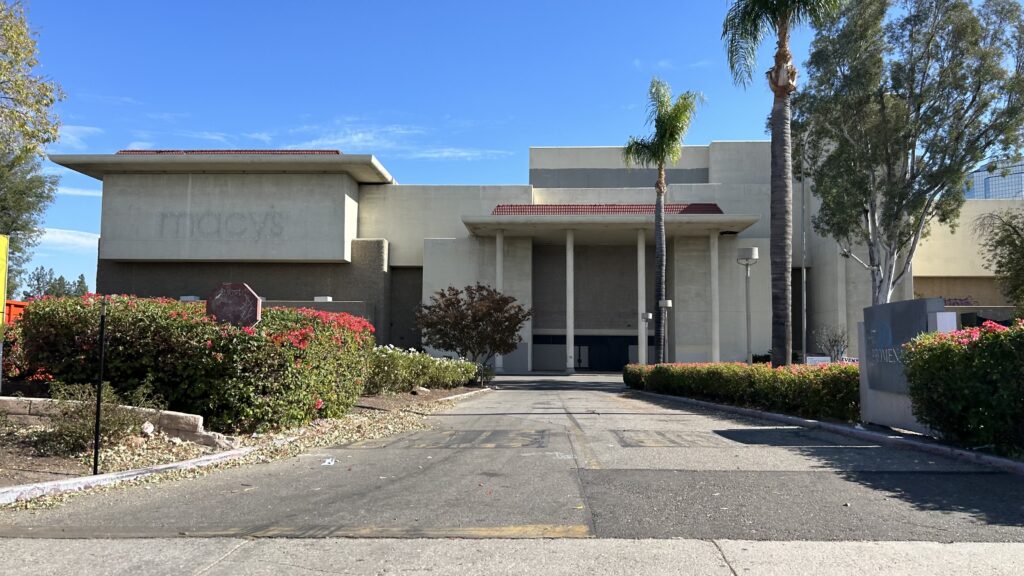
Redevelopment Schemes and Stakeholder Pushback (2016-2020)
By 2016, Westfield no longer tried to hide its intentions.
In October, the company revealed its long-range concept: a $1.5 billion redevelopment tagged "Promenade 2035." This wasn't a remodel.
It was a teardown and rebuild, pitched as a multi-stage conversion into residential towers, a hotel, office spaces, and a sports and entertainment venue.
The plan called for 1,400 housing units across several formats - apartments, studios, and luxury villas.
Retail was secondary. There would be a grocery store, a pharmacy, and smaller commercial elements.
A 28-story office tower stood at the center of the proposal.
The AMC theater was scheduled for removal and future relocation to Westfield Topanga's extended property.
The initial reaction came fast.
Westfield's pitch looked ambitious on paper. However, transportation and infrastructure issues have repeatedly been discussed in public meetings.
Residents pointed to gridlock already present along Owensmouth Avenue and Topanga Canyon Boulevard.
More density, they argued, would stretch services without upgrades.
Despite the complaints, the project kept moving through approvals.
By December 2020, the Los Angeles City Council gave it a green light.
Official records confirmed the mix of residential, office, and sports use.
But community questions never disappeared. The documents approved didn't guarantee timelines or investor follow-through.
The name stayed - Promenade 2035 - but nothing broke ground during that period.
Ownership Transfer and Mixed-Use Speculation (2021-Present)
In 2021, a new direction took shape.
That year, Unibail-Rodamco-Westfield began looking to unload all of its U.S. commercial real estate holdings.
The Promenade was one of several properties on the block.
In March 2022, the site was sold.
Initial reports withheld buyer details, but by summer, documents confirmed the new owner: Rams owner Stan Kroenke, operating through his real estate group.
Kroenke's acquisition covered more than the mall itself.
Parcels tied to adjacent office buildings, parking structures, and commercial pads were part of the deal.
In total, he had amassed close to 100 acres in Warner Center.
Early hints suggested the Promenade 2035 plan would not move forward in its original format.
By late 2023, that became clearer.
The Rams organization began referencing a "Rams Village" development intended to house their permanent headquarters and training facilities.
By April 2025, public site plans confirmed the concept: two outdoor practice fields, one enclosed 150,000-square-foot indoor field with space for 2,500 spectators and new office buildings.
Housing and commercial components would be folded into the plan, but football operations would be the anchor now.
Demolition was expected. The AMC Promenade 16 had already closed in June 2022, replaced the following day by a new multiplex at the Topanga site.
Permits for redevelopment were in progress. City agencies anticipated construction could begin in 2027.
The retail identity has vanished. In its place stood a long-term bet on sports, real estate, and vertically integrated land use.
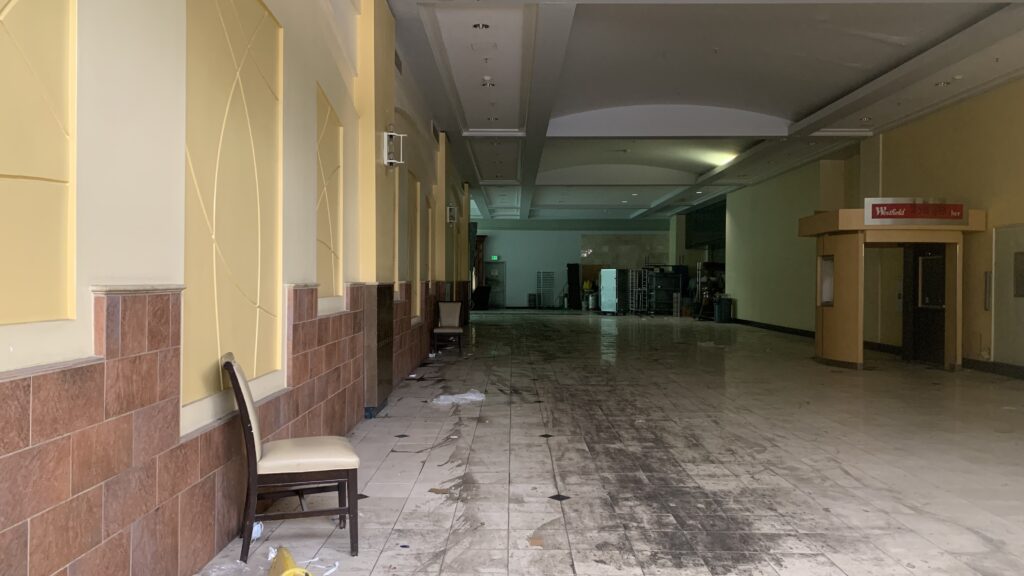
🍀


